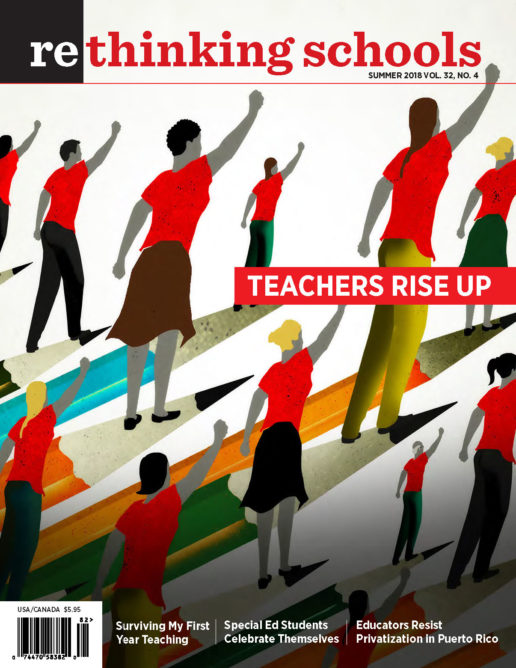Our picks for books, videos, websites, and other social justice education resources 32.4
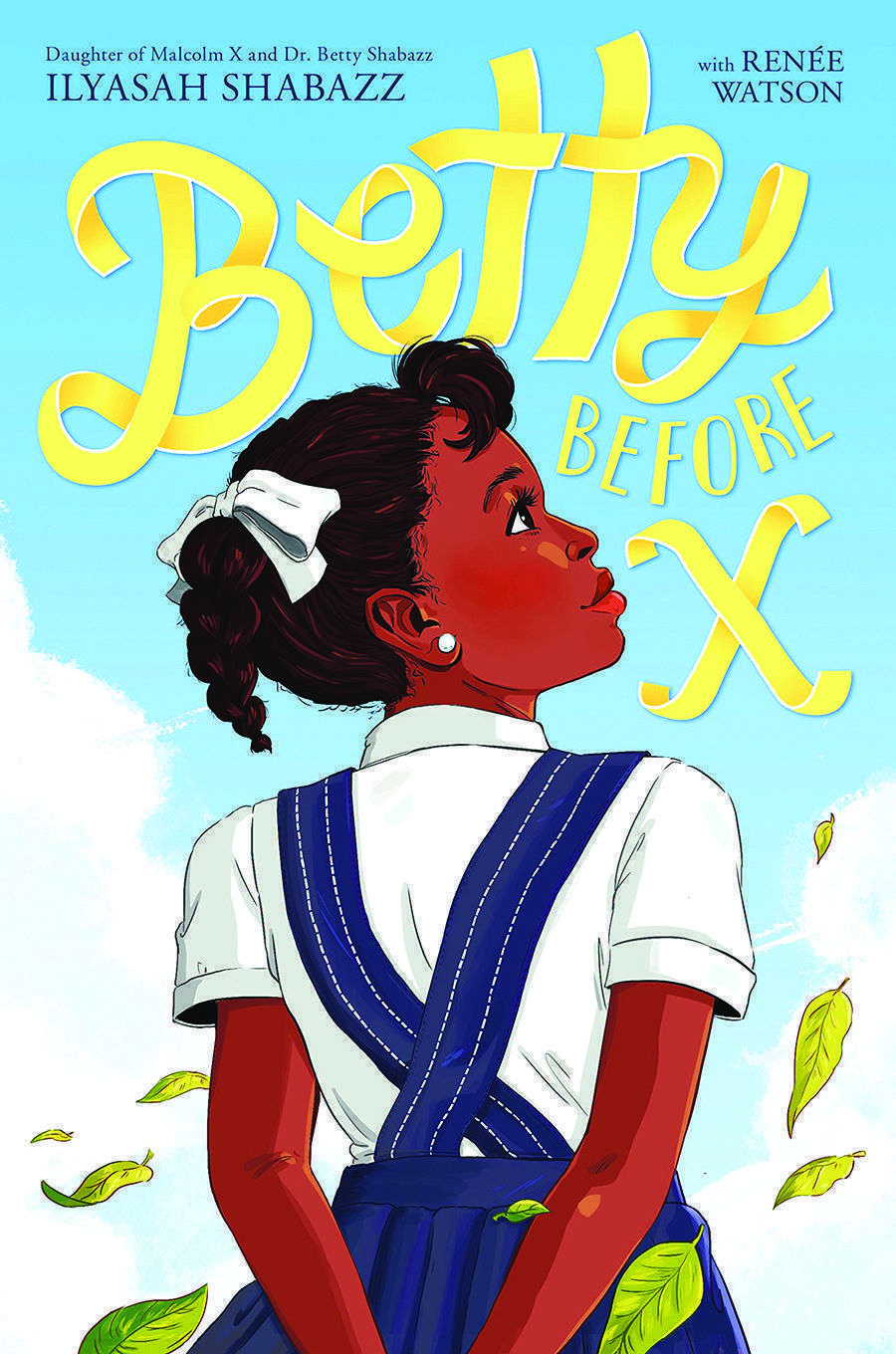
Novels
The Inheritance
By Christine Sleeter
(Sleeter Publishing, 2018)
226 pp.
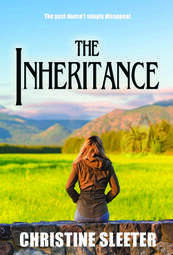
We need to “learn to stop acting like a colonizer.” This is the challenge Christine Sleeter poses for teachers who are not Indigenous in her page-turning second novel. Denise Fisher is a white 4th-grade teacher wrestling with her curricular and financial responsibility to address the dispossession of Indigenous peoples in the United States — a dispossession, she discovers, from which some of her ancestors directly benefited. California’s traditional 4th-grade curriculum includes the study — and too often the racist celebration — of the Spanish missions. Denise struggles with how to make her teaching more responsive to the perspectives of the Ohlone people, indigenous to San Francisco’s Bay Area, and at the same time she wonders how to handle privileges she inherited but didn’t earn. “It sounds like you’ve gone from not seeing us, to seeing us,” Martina Soto, an Ohlone tribal member, tells Denise. “Believe me, that’s an important step. We are visible, once you start to see us and pay attention.” The Inheritance is a warm and lively journey through the ethical minefield of a society made unequal by racism, theft, and violence. Oh, but there is romance, too.
***
Betty Before X
by Ilyasah Shabazz, with Renée Watson
(Farrar, Straus & Giroux — BYR, 2018)
256 pp.
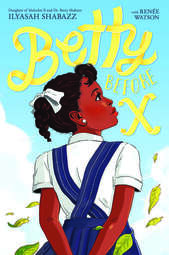
In a recent article in The Nation magazine, Janet Dewart Bell reminds us of the women, unsung and unheralded, who made the Civil Rights Movement possible. In this fictionalized biography of Dr. Betty Shabazz, Ilyasah Shabazz, the daughter of Malcolm X and Betty Shabazz, and award-winning novelist, Renée Watson, provide a glimpse into the political awakening of Shabazz’s mother. In this middle-grade novel/biography, Betty is growing up during turbulent times in 1940s Detroit. As she struggles to reunite with her mother as well as with the racial nightmare of being Black in the United States, Betty finds hope in church and organizing. She joins the Housewives’ League, which supports Black businesses. This engaging coming-of-age story demonstrates how we can remain hopeful during hard times by focusing on Shabazz’s advocacy for civil rights. “It is my hope that by reading my mother’s story,” Shabazz writes in an author’s note, “young people who may be feeling abandoned or neglected, fearful or hopeless, anxious or unsure, will find inspiration.”
***
The Journey of Little Charlie
By Christopher Paul Curtis
(Scholastic Press, 2018)
256 pp.
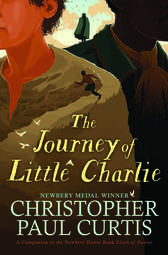
Twelve-year-old Little Charlie is from a poor white family in South Carolina in 1858. In order to pay off his parents’ sharecropping debts, he works for a slave catcher. Christopher Paul Curtis paints a picture of the grinding, hopeless poverty of the white family and the unspeakable torture carried out against enslaved African Americans. The richly written story is filled with tension as Charlie and the slave catcher head to Detroit to find and kidnap a Black family who escaped slavery. Without revealing the ending, this book is an extraordinary resource for making it clear that slavery was state-sanctioned terrorism, that Black families used every means imaginable to secure freedom for themselves and most of all for their children, and that the Fugitive Slave Law obligated all whites to take part. The protagonists cross into Canada, introducing the impact of the Fugitive Slave Law on the Underground Railroad, life on the border of the two countries, and the role of abolitionists.
Picture Books
Trailer Park/Parque de Remolques
By J.C. Dillard; illustrated by Anna Usacheva; translated by Madelin Arroyo Romero
(Hardball Press, 2017)
41 pp.
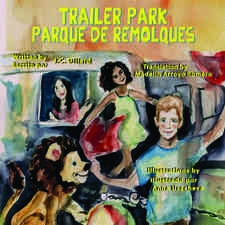
Robert’s dad loses his job and the family is forced to leave a more comfortable neighborhood to live in a trailer park. Robert is distressed and contemptuous of their new home: “This isn’t a real neighborhood.” But Jessie, the girl next door, reaches out to Robert and draws him into a world of play and adventure that he had initially missed. Trailer Park/Parque de Remolques is a poignant and hopeful story, with evocative watercolor illustrations that capture the racial diversity and vitality of Robert’s new neighborhood.
***
A Different Pond
Illustrated by Thi Bui
(Capstone Young Readers, 2017)
Unpaginated
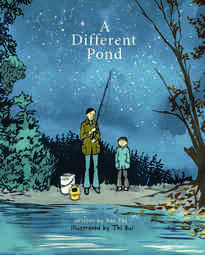
Spoken word poet and community activist Bao Phi and graphic novelist Thi Bui tell the story of a young boy waking up early to go fishing with his father at a pond in Minneapolis before his father goes off to work. This is not a tale of a summer fishing trip, but rather demonstrates the reality of many immigrants struggling to feed their families. Fishing is not a sport; it is necessary for survival. During their lovely pre-dawn visit to the pond, Phi’s father tells him about fishing in Vietnam, but the reader also meets other early morning people during the edges of the day. While this picture book is a loving story for early readers, it can also be a mentor text for older readers who want to write about pivotal and ordinary moments with their families that describe one event, but also illuminate larger themes.
***
Love
By Matt de la Peña
Illustrated by Loren Long
(Putnam, 2018)
23 pp.
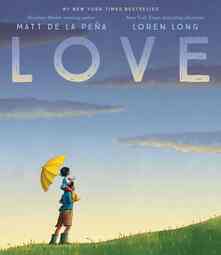
In this picture book, Matt de la Peña, best known for his award-winning young adult novels, has written a love poem to his daughter. Loren Long’s illustrations bring the poem to life in trailer parks and concrete parks with summer sprinklers, with pianos and stairs and babies and parents and men on benches — and grandmother stilling a child with her oven mitt. Love is a celebration of love within a family but also the love we find in the sounds of the city, the burned toast a brother made. “Love, too, is the smell of/crashing waves, and a train/whistling blindly in the distance,/and each night the sky above your/trailer turns the color of love. . . . And it’s love in the made-up stories your uncles tell/in the backyard between wild horseshoe throws.” But Love doesn’t shy away from heartbreak — the loss of love, the breakup of a family. While there is much that a young child might take away from the book, we urge teachers to use it with older students to find the ways that love emerges and disappears in their lives. Once in a while, it is necessary to remind students of the beauty that exists alongside the tragedies. The world can be a hard and scary place, especially for young people who don’t have the long miles of age to see that things can get better, so on occasion, we need to take class time to ponder moments of joy; we need to stop and remind ourselves of the beauty and solidarity that surrounds us.
Curriculum
Teaching Climate Change to Adolescents: Reading, Writing, and Making a Difference
By Richard Beach, Jeff Share, and Allen Webb
(Routledge and National Council of Teachers of English, 2017)
148 pp.
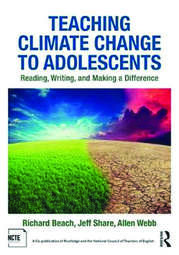
Too often, climate change education is regarded as the responsibility of science teachers, and occasionally of social studies teachers. In Teaching Climate Change to Adolescents, Richard Beach, Jeff Share, and Allen Webb argue that it is the urgent responsibility of English teachers to help students think critically about, and take action on, “the issue of our age, climate change and environmental justice.” The authors lay out compelling arguments for why that is the case, but perhaps most significantly, they offer readers a treasury of novels, nonfiction books, stories, films, and teaching activities that show how to bring climate issues to life in the language arts classroom. An entire chapter focuses on “Literature and the Cli-Fi Imagination,” offering valuable suggestions. A chapter on “Writing About Climate Change” features a quote from the writer Amitav Ghosh, who describes a time when “most forms of art and literature were drawn into the modes of concealment that prevented people from recognizing the realities of their plight.” That pretty accurately captures the conventional curriculum. Through classroom examples and resource suggestions, Teaching Climate Change to Adolescents offers teachers tools to cut through those modes of concealment.
Policy
Teachers as Allies: Transformative Practices for Teaching DREAMers & Undocumented Students
Edited by Shelley Wong, Elaisa Sánchez Gosnell, Anne Marie Foerster Luu, and Lori Dodson
(Teachers College Press, 2018)
200 pp.
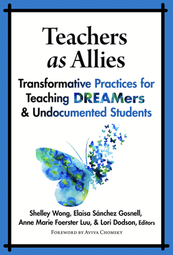
In the first chapter of Teachers as Allies, Shelley Wong and Jennifer Crewalk, with Rodrigo Velasquez-Soto, admit that “It is not easy to become an ally of an undocumented student,” and announce that “This book was written for educators who want to be effective advocates for undocumented students but are in need of information, analysis, and strategies.” This unique volume is a treasure trove of dilemmas, stories, teaching frameworks, and practitioner wisdom. One chapter, “Using Critical Narratives for Relationship Building,” seeks to “balance the critical need for student disclosure with the students’ safety” — especially when to speak openly about one’s life can put students at risk of deportation. The chapter concludes with a moving personal narrative by Nancy Gutierrez about arriving in the United States as a toddler with her mother, who carried a 7-month-old daughter through the Sonoran Desert.
Teachers as Allies is a welcome rebuke to the Trump administration’s racist, xenophobic hostility toward undocumented immigrants.
Reviewed by Bill Bigelow, Linda Christensen, and Deborah Menkart

